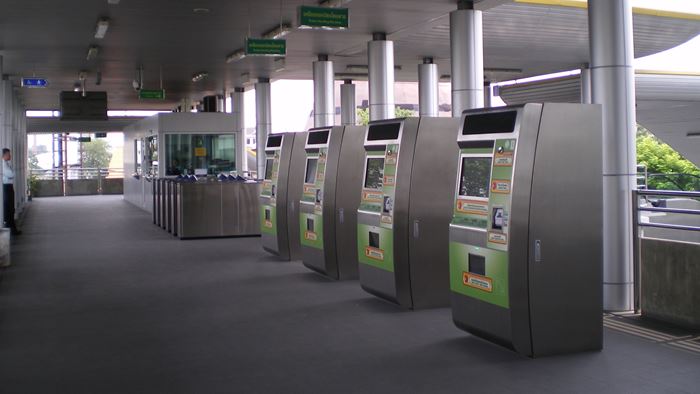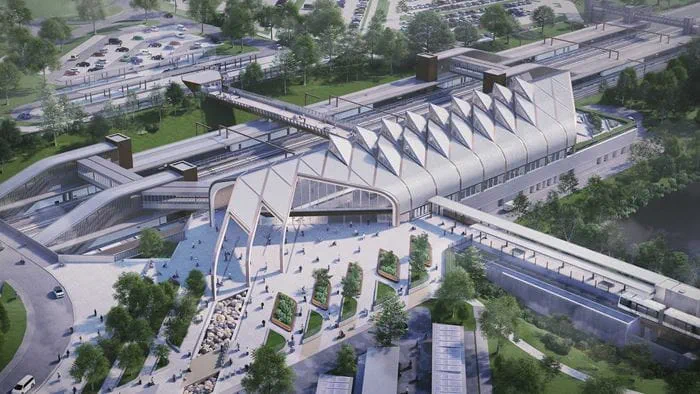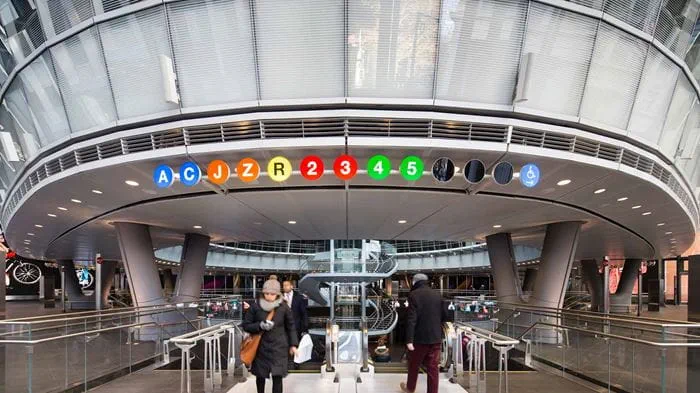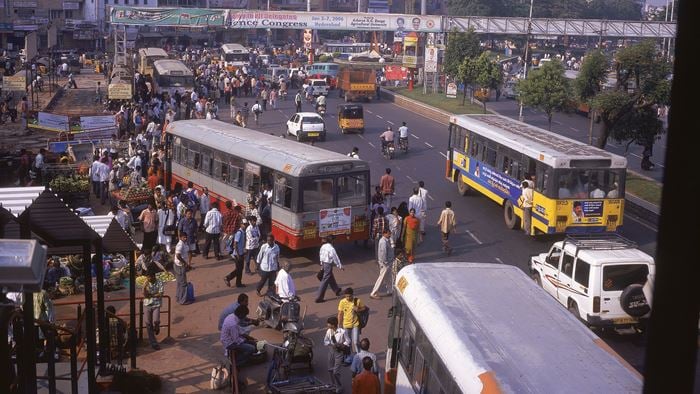The UK’s brave ambitions to complete its 80% reduction in total carbon dioxide emissions over the next 38 years will have major implications for the UK’s infrastructure networks.
One of the main ways to reduce carbon emissions will be to move freight from the road network to an electrified rail network which has been augmented to have substantially more capacity than it has now. This creates a need for projects of far greater significance than just the next UK domestic high speed railway line, HS2.
HS2 is a major component of a bigger network that facilitates a step change in the reduction of carbon emissions – but the important characteristic is its extra capacity rather than its high speed nature. This extra capacity allows overloaded parts of the classic rail network to be emptied of passenger trains, freeing up space for far greater penetration of rail to transport the UK’s freight.
Of course, the switch needs several other events to occur together to enable the carbon to be saved. There needs to be a progressive electrification of the classic rail network, a switch in the electricity supply system to less polluting generation sources and the creation of a much denser network of trans-shipment depots for freight to switch between road and rail. This reduction will happen.
Now is the time to map the rail network’s potential to carry a hugely increased proportion of the UK’s freight and to progressively electrify those critical rail lines, mainly chord lines between the primarily radial routes which have already been electrified. This requires an assessment of each rail line to gauge how much freight it should carry in the future and how it should be upgraded in order to do so.
This consequence of the strategy that led to HS2 should result in a very big parallel increase in investment in the classic rail network. This strategy needs to be crystallised to increase the proportion of the UK freight transported by rail and a parallel increase in the current 5% of UK freight currently hauled by electric rail traction to a much more ambitious target of perhaps 90%.
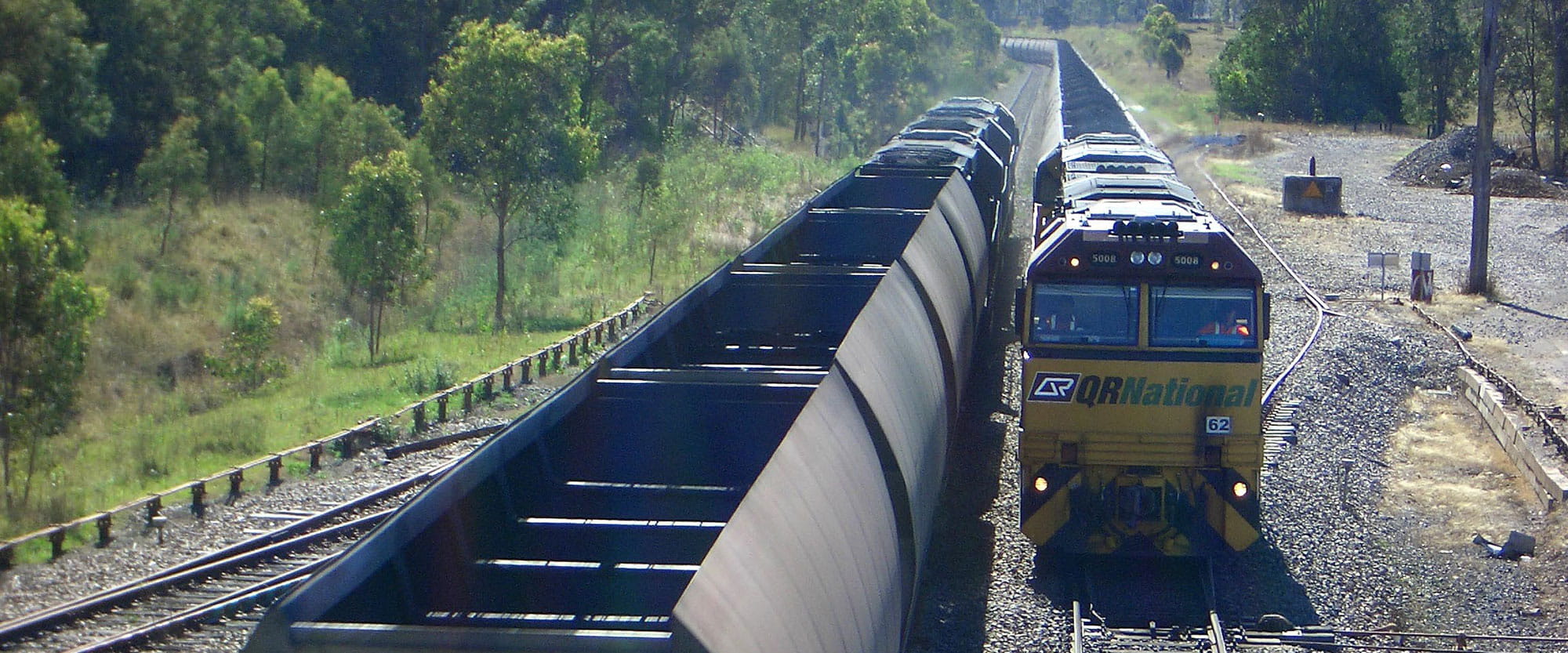 ;
;


